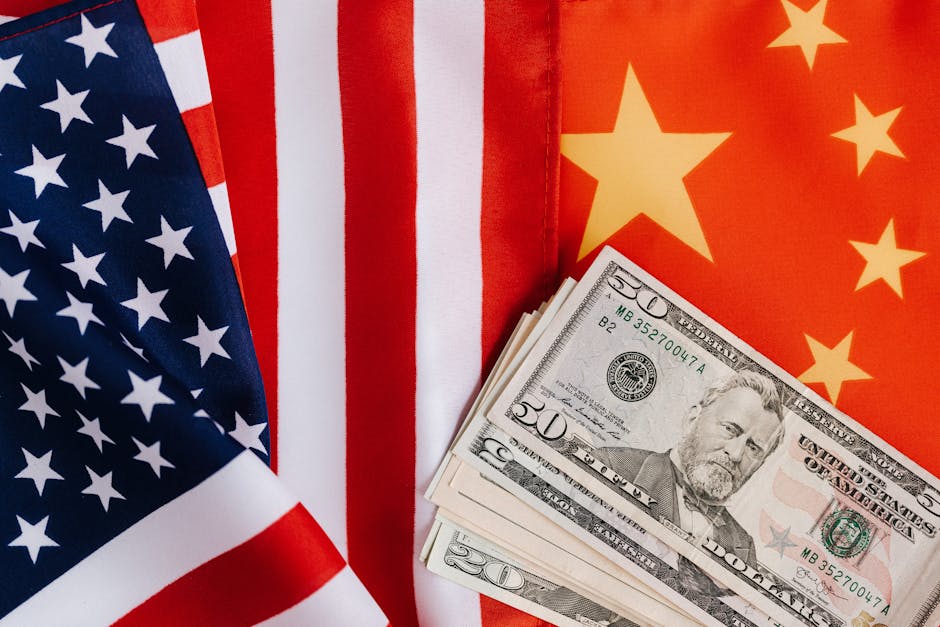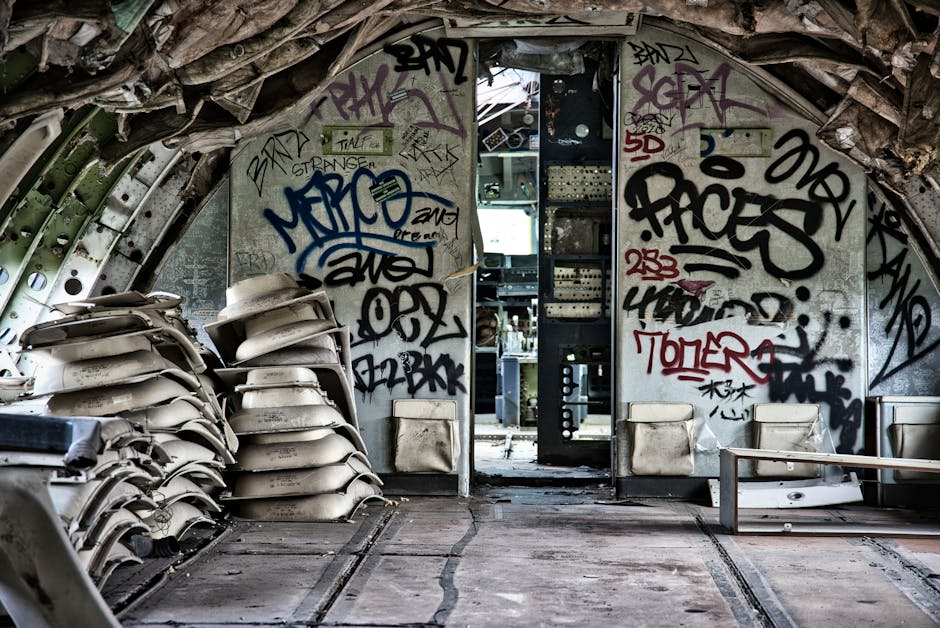High-Stakes Meeting as US Tariffs and Global Headwinds Loom
In New Delhi, Prime Minister Narendra Modi recently held a high-stakes meeting with top exporters and industry bodies to address the growing challenges posed by steep US tariffs and a volatile global trade environment. The primary agenda was to chart a course for India’s export engine, but the discussion quickly highlighted critical domestic roadblocks threatening the nation’s economic ambitions.
Labour-Intensive Sectors Raise Red Flags on Competitiveness
While the discussion was comprehensive, the most urgent warnings came from representatives of labour-intensive sectors like textiles, leather, gems and jewellery, and handicrafts. These industries, which provide livelihoods for millions of artisans and workers, made it clear that their global competitiveness is on the line.
They argued that the challenge isn’t just external protectionism. A combination of internal hurdles makes it increasingly difficult to compete with rivals like Bangladesh, Vietnam, and Cambodia.
Key competitiveness concerns flagged by the exporters included:
- High Logistics Costs: The cost of moving goods from factory to port in India remains significantly higher than in competing nations, eroding already thin profit margins.
- Persistent Credit Crunch: A major bottleneck remains the lack of affordable and timely credit. The liquidity squeeze has made working capital scarce, crippling the ability of SMEs to fulfill large export orders.
- GST Refund Delays: While GST is a landmark reform, persistent delays in input tax credit refunds have blocked significant working capital, impacting operational efficiency.
- Lack of Free Trade Agreements (FTAs): Exporters pointed out that competitors like Vietnam enjoy preferential market access to the EU through FTAs, putting Indian goods at an immediate price disadvantage.
The new wave of steep US tariffs acts as a force multiplier on these existing vulnerabilities, creating a perfect storm for many businesses.
Government’s Two-Pronged Strategy
Prime Minister Modi reportedly gave the exporters a patient hearing and directed the Commerce and Finance Ministries to work on a “war footing” to resolve these issues. The government’s focus appears to be two-pronged:
- Resolve Domestic Roadblocks: To tackle internal issues like logistics, credit, and procedural delays to make Indian exports inherently more competitive.
- Market Diversification: To aggressively pursue new markets in Latin America, Africa, and Southeast Asia, reducing over-reliance on traditional partners like the US and Europe.
From Assurance to Action: The Road Ahead
This meeting is a critical stress test for the ‘Make in India’ initiative and the nation’s goal of becoming a $5 trillion economy. While the assurances from the Prime Minister’s Office are welcome, the industry is now watching for concrete policy action. To seize the opportunities arising from shifting global supply chains, India must first get its own house in order. For the millions of workers in labour-intensive sectors, the outcomes of this meeting must translate into tangible results—and fast.




